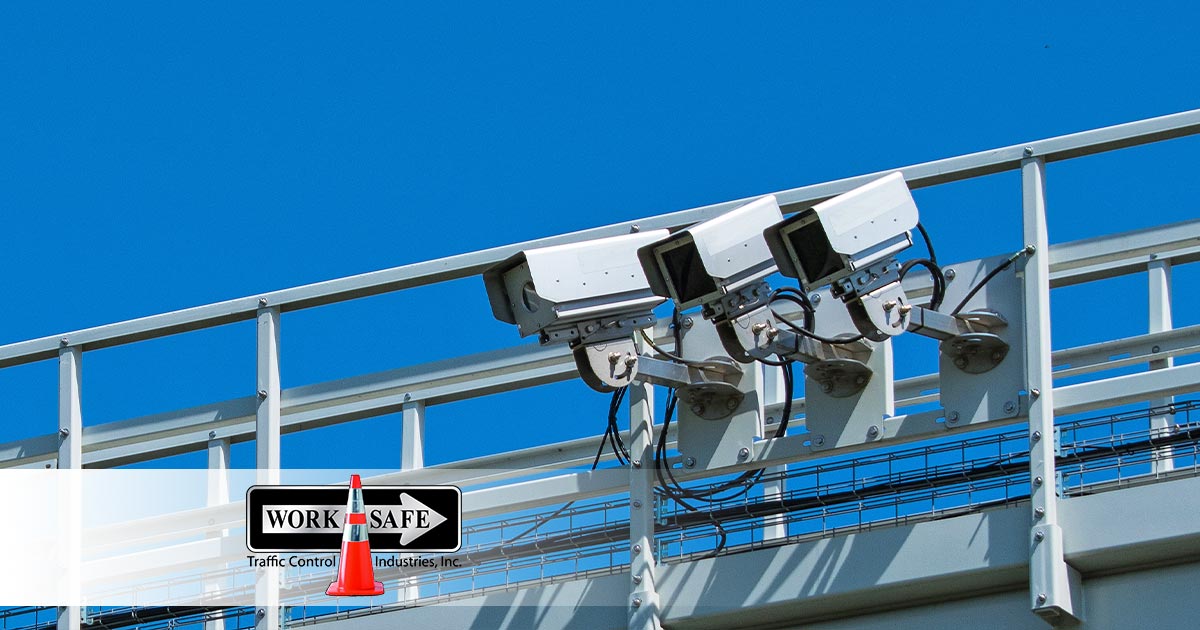
What Function Do Work Zone Cameras Fulfill?
Work zone camera systems are used primarily as a means to control vehicle speed through work zones and other areas that need special attention paid to vehicle speeds. These work zone cameras can be incorporated in overall Automated Speed Enforcement (ASE) to help raise safety and lower accident rates in areas that are typically considered high speed. These cameras work in concert with signs warning of the usage and the lowering of the speed limit. Using a speed display that lets drivers know how fast they are traveling as they enter the area. It has been shown that the majority of drivers will slow down for the display.
Agencies that deploy these systems are reporting that the number of speeding tickets and accidents within the zones are significantly reduced. These areas are reporting lower accident rates, and that in itself makes using these services worthwhile. The unmanned cameras have the ability to issue automatic citations that are sent to the address of record for the car owner. Permanent systems are generally used near schools and intersections that have a high probability of car accidents or pedestrian accidents. Permanent installations are typically only installed in areas with a 45 mile per hour speed limit or higher.
How Do These Cameras Help?
These cameras help in overall safety and smooth traffic flow through construction zones. Work zones generally have lowered speed limits with posted signs advising motorists to go specific speeds when workers are present. These signs force drivers to look out for workers and slow down further near them. The overall strategy works in several states across the country.
The public hasn’t always been fond of these types of cameras. Still, their usage has been widely approved of amongst the majority of motorists. There is also a substantial extent of evidence that shows the reduction of the number of speeding infractions and crashes in the area.
Work zone cameras are most effective in the following areas:
- Where an active work zone on a freeway or expressway with a speed limit above 45.
- Where no significant obstacles are blocking the line of sight for the cameras.
- The area is going to be active for a significant period of time.
There has been a significant study done in Maryland that shows after the systems have been implemented, they resulted in a considerable decrease in speeding violations and fatalities in these areas since the state implemented the change. There are some requirements for warning signs to be placed:
- Warning signs need to be set up a significant distance before the work zone to ensure the drivers are aware there is a system in use.
- If using a vehicle mounted system, it needs to be put up behind a barrier or other protected area.
- The roadway grade and surrounding areas need to not impair the visibility of the cameras.
- Some areas may require local legislative approval before being used.
- These cameras should be used in unison with other roadway safety tools to ensure the most visible safety barricade possible.
Work zone cameras can provide a major safety improvement for the workers and drivers in the area. Before setting them up, be sure to check that there isn’t any local jurisdictional issues with using them. It is possible to provide a measurable amount of security on the road to other drivers and road crews. Work zone cameras are proven to be effective, proven to provide a safer roadway, and are proven to limit speeding infractions. Employing these safety options for your next construction project will ensure the safety of your team.
Your Source for Work Zone Cameras
If you would like to learn more about how you can use work zone cameras to create a safe work environment for construction or road crews, contact us today at Worksafe Traffic Control Industries to speak with a member of our staff.

